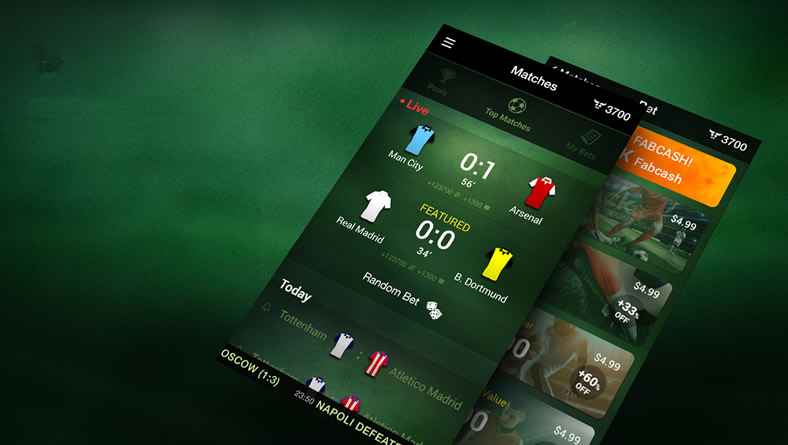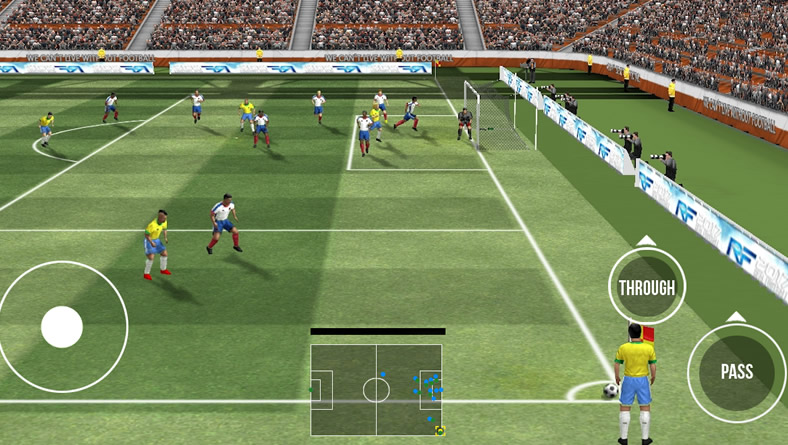The NFL and Yahoo announced the the partnership in June, and even then referred to it as “an experiment.” The NFL could afford to take chances: Everyone expected the game to be a snoozer between two lame teams, and broadcast so early that it wouldn’t bother anyone. But it was a chance for Yahoo to prove it can do live video, an opportunity to establish itself as the go-to place for the transition from cable TV to Internet TV.
“I think about it from the perspective of a hundred-and-fifty-plus billion dollar industry that is set to be disrupted,” says Adam Cahan, Yahoo’s senior vice president of mobile and emerging products. The day is coming, he says, when people will stop subscribing to cable. Yahoo has to be there.
Sports are a uniquely powerful agent for that change. “This is unique programming,” Cahan says. “It’s the kind of things that people will shift their behaviors with.” He says Netflix and its ilk offer a service that is increasingly commoditized. Live sports, on the other hand, move the industry. It made HDTV important, brought satellite TV to the fore, and will play a huge role in determining what happens next. Yahoo’s thinking is that people will go where the games are, and then all it has to do is keep them around when it ends. (Call it The ESPN Plan.) Neither side would discuss what Yahoo paid for the rights to broadcast the game, though $20 million was widely reported. Yahoo doesn’t seem to care about recouping that money—and almost certainly didn’t. This is a chance to show the NFL—and advertisers—what it can offer over time. Yahoo says it worked with 30 domestic and international partners and locked up some big-name sponsors. It’s appealing to advertisers, because the enterprise offers the data of online ads and the reach of television. “We’re going to be able to give information about users,” Cahan says, “that also says what screens did they access it from, what geographies were they in, what type of network were they accessing on.” The Yahoo Video team has featured concerts by Taylor Swift, streamed the Emmys, and was at the Electric Daisy Carnival. It has apps for every platform you can think of, and supports most dongles, boxes, and sticks. The technical infrastructure is robust. But an NFL game is another thing entirely.
The football audience is much bigger, for one thing, and has little tolerance for low resolution or lag. “There will be a lot of motion, a lot of action, the ball moving on the screen,” says P.P.S. Narayan (everyone calls him PPSN), Yahoo Video’s VP of engineering. “We want to provide the best experience for our users, so we decided we needed to provide the highest-quality HD video.” The team decided early on to try streaming 720p video, at 60 frames per second, with 6Mbps bitrate1. “We have a significant portion of the world’s Internet bandwidth reserved for this game,” says Ron Jacoby, Yahoo’s vice president and chief architect for connected TV. In all, Yahoo streamed 8.5 petabytes to users.
Few people’s connections can support such ridiculous throughput, so Yahoo made its stream more adaptive. The software knows the quality of your network and the size of your screen, and tries to deliver the best picture possible. As long as it’s not buffering, that is. “Nobody should see the spinner,” Narayan says. After all, TV doesn’t buffer.





No Comment
You can post first response comment.